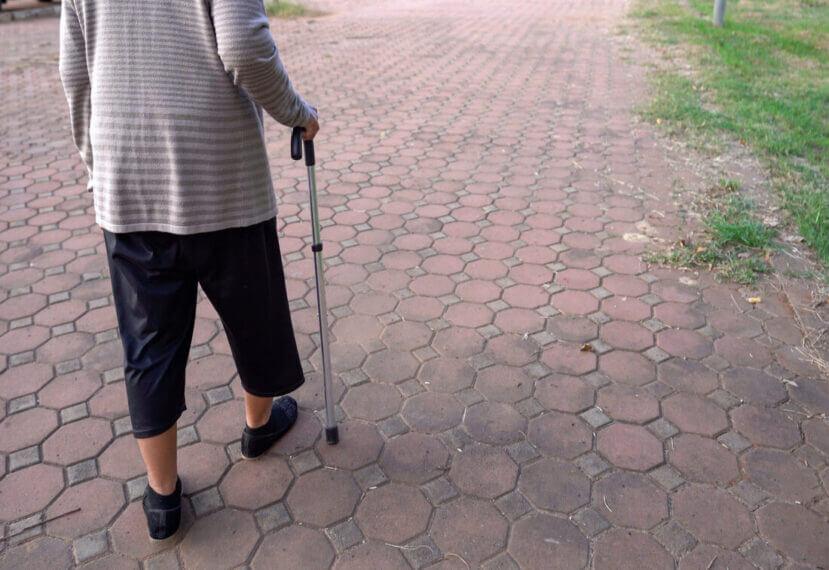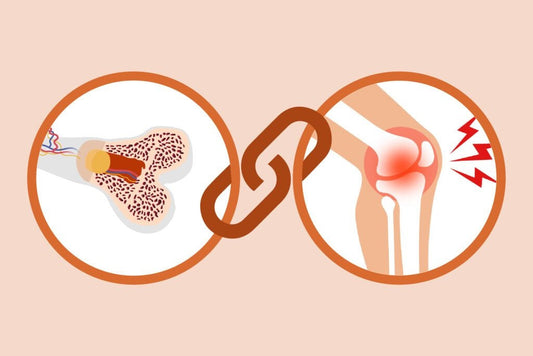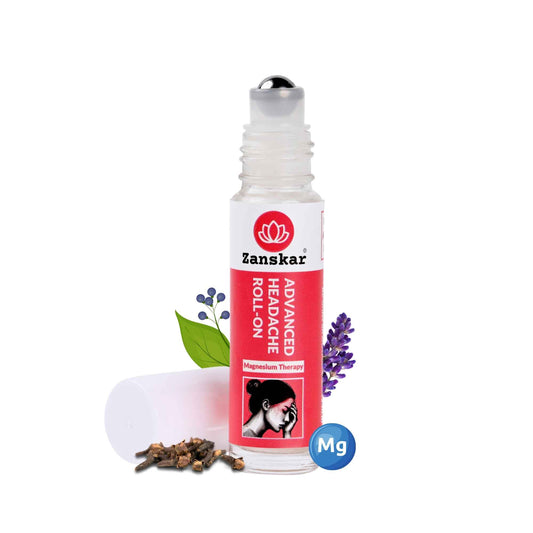
How To Correctly Hold And Use A Walking Stick
Walking sticks can be especially helpful for keeping bodyweight off an injured leg, to relieve pressure on painful joints and for aiding those recovering from a procedure or operation on their lower leg or knee.
When using a walking aid for the first time, you might feel unsteady so it will take some practice for you to be certain you’re using it correctly. Improper use of a walking stick can increase the chances of a fall or injury. Whether you’re using a walking stick temporarily or are a long-term mobility aid user, it’s important that you learn how to use your walking stick safely. With some practice and the right tips from our Zanskar Health experts, you can quickly learn how to use a walking stick with confidence, to ensure you’re getting the physical support you need.
Tips for Using a Walking Stick
• Make sure your walking stick is the correct height
• Make sure you hold your walking stick in opposite side hand as the injured/weak leg
• Make sure that the rubber tips on your walking stick are not too worn out
• Maintain good posture
• Your elbow should be slightly bent whilst holding your walking stick
1. What Height Should a Walking Stick Be?
It’s important that the walking stick you are using is the correct height. A walking stick that is too high can cause your shoulders to hunch upwards and cause strain in your shoulders and neck. If it’s too low, you might find yourself hunching over yourself whilst can cause back pain.
To find the correct height for your walking stick, make sure you are wearing your regular walking shoes and stand up straight with your arms hanging loosely at your sides. Notice where the bone on the outside of your wrist is whilst your arms hang naturally since this is where the top of the handle of your walking stick should come to. Measure from this point to the ground to find the right height of the walking stick.
Alternatively, you could choose to use an adjustable walking stick that allows you to adjust the height as necessary.
2. The Correct Way to Hold Your Walking Stick
A common mistake that people make when using a walking stick when recovering from an injury is to hold it with the hand on the side of your affected leg. However, you should hold your walking stick on the same side as your good leg. If you think there will be an issue holding your walking stick in the opposite hand to your bad side, consult your doctor.
3. How to Walk With a Walking Stick
The key to walking with your walking stick is to imitate the natural movement of your arms and legs. This means, swinging your arms in the opposite direction to your feet so when your right foot moves forward, your left-hand swings backwards and vice versa. To mimic this natural movement whilst using your walking aid, follow these instructions:
• Take a step forward with your weaker leg and bring your walking stick forward at the same time.
• Lean your weight through the arm holding your cane and swing your stronger leg through.
• Move your cane at a distance of one average step forward with each move. You shouldn’t feel like your steps are overstretched to catch up with your walking stick.
See this video for a detailed breakdown on how to walk with a stick properly:
4. Walking Up and Down Stairs with a Walking Stick
- Ascending the stairs:
To ascend stairs safely with a walking stick, hold onto the handrail and move your stronger leg onto the first step. Once you have moved onto your stronger leg, advance your weak leg onto the same step the opposite leg is on. Make sure to use the handrail for support at all times. If there is no handrail, place your walking stick on the next step whilst moving your weaker leg.
- Descending the stairs:
To descend stairs, move your weaker leg down first, whilst supporting yourself with the handrail. Then, move the strong leg down to the same step. If there is no handrail to support yourself with, place your walking stick on the lower step whilst moving your stronger leg.
5. Maintaining Good Posture
It’s important to try and maintain good posture whilst using your walking stick to prevent causing strain to your body. Some ways you can maintain good posture whilst using a mobility aid include:
- Keep your back as straight as you can.
- Try to distribute your weight as evenly as possible - try not to lean too far to one side of forwards.
- Whilst walking, only swing the walking stick as far outwards as you would be able to step naturally.
6. How to Stand Up Using a Walking Stick?
To stand up, hold the walking stick on the opposite side to your bad leg. Sit towards the edge of your chair and place the walking stick firmly on the ground. Lean forwards and put your weight through the walking stick to stand upwards.
FAQ: How to Know Whether You Need a Walking Stick?
You will be able to tell when it is time to start using a walking stick because of the physical signs your body will give you. These include joint pain, back pain, tiredness and instability. You might also decide to start using a walking stick to help your body heal after an injury or following medical advice.
Learn More About Zanskar Health
If you have joint or muscle pain that makes it hard to move, Zanskar offers the most advanced full stack pain relief solutions for you.
Now available to purchase, Zanskar® Advanced Pain Healing Cream has a unique formulation of natural ingredients like Arnica, Vitamin B6, MSM and Capsaicin, which is trusted by over 20L+ pain sufferers globally. It provides lasting relief from muscle and joint discomfort that you can feel good about. Get your fix before stocks run out - buy now.
You can also gain access to therapeutic exercises and stretches for your condition by downloading the Zanskar Health physiotherapy mobile app. Additionally, you’ll have a personal care team to guide, support, and tailor our program to you, including behavioral and nutritional coaching.
Download our mobile app here 👉 download and track your exercise streak.
Medical Review: This article is written by Dr Nishtha Mittal (Senior Health Content Editor at Zanskar Health) and has been medically reviewed by Dr Rashi Goel (Senior Physiotherapist at Zanskar Health). This article and its contents are provided for educational and informational purposes only and do not constitute medical advice or professional services specific to you or your medical condition.







